Did you know that over 40,000 lives are lost each year to gun violence in the U.S.? This sad fact has sparked intense debates on gun rights and laws. Recently, the Supreme Court has made key decisions that have changed how we see gun rights in America. These rulings have shaped our understanding of the Second Amendment, sparked discussions on gun laws, and affected our constitutional rights.
The Supreme Court’s decisions, like District of Columbia v. Heller and McDonald v. City of Chicago, have confirmed our right to own guns. But, these decisions also set limits on what kind of guns we can own and how we can use them. It’s important to understand these rulings to grasp the complexities of gun rights and laws.
The talk about gun rights shows a shift towards seeing the Second Amendment as more protective. With more Supreme Court cases on guns, we can expect these decisions to shape our society. They might even change what we consider constitutional freedoms for the next generations.
Key Takeaways
- Over 40,000 lives are lost each year to gun violence in the U.S.
- The Supreme Court upheld individual gun rights in crucial rulings.
- Limitations on gun rights remain, emphasizing responsible ownership.
- Recent rulings continue to influence gun laws and interpretation of the Second Amendment.
- There has been a historical trend towards broader interpretations of firearm legislation.
The Evolution of Gun Rights in the U.S.
The history of gun rights in the U.S. is complex. It’s made up of laws, social views, and cultural norms. The Second Amendment, ratified in 1791, ensured citizens’ right to bear arms. Early laws balanced self-defense and public safety, making gun rights a part of American life.
Over time, gun laws have changed with society and court decisions. In the 1600s, laws were made to guide firearm use. These laws showed a long-standing effort to protect both individual rights and community safety.
In recent years, American gun culture has evolved. The 2008 Supreme Court case, District of Columbia v. Heller, changed the Second Amendment’s meaning. It confirmed the right to own handguns for self-defense at home. Yet, it didn’t mean anyone could have any gun they wanted.
The first 300 years of America show that gun rights and laws can work together. Early laws tackled public safety issues, like misuse or improper storage of guns. These laws aimed to protect everyone, including children.
To learn more about gun safety and changing laws, check out important resources. They dive into the details of today’s gun policies.
Understanding the Second Amendment
The Second Amendment was ratified on December 15, 1791. It highlights the right to bear arms as key to American democracy. The text says, “A well regulated militia, being necessary to the security of a free State, the right of the people to keep and bear Arms, shall not be infringed.” This sparks debates on its meaning.
People argue if this right is for individual ownership or for militia service. The Supreme Court’s decision in District of Columbia v. Heller (2008) confirmed the right to bear arms for personal use. This decision is a cornerstone in American legal theory.
After Heller, McDonald v. City of Chicago (2010) expanded these rights. It said the Second Amendment applies to local governments too. This has changed gun laws in many states.
Gun laws differ from state to state. The Gun Control Act of 1968 and other laws regulate gun ownership. These laws aim to improve public safety. Gun ownership has grown from 304 million in 2008 to 393 million in 2022.
Debates on the Second Amendment show different views on its meaning. Some want stricter laws, like universal background checks. Others fear government control. The debate is important for finding a balance between gun rights and community safety.
District of Columbia v. Heller (2008)
The Supreme Court’s decision in District of Columbia v. Heller on June 26, 2008, was a big deal. The Heller decision said the Second Amendment protects our right to own guns. This ruling was about the right to defend ourselves at home, and it challenged the city’s handgun ban.
Six people, led by Dick Heller, sued the city over its gun laws. The Supreme Court agreed with them, 5-4. Justice Antonin Scalia wrote the majority opinion. This decision said that handguns are protected under the Second Amendment, which was a new idea at the time.
The Court also ruled against some gun restrictions. For example, they said you don’t have to keep your guns unloaded or locked up. This Supreme Court case changed how we think about gun rights in America. It’s still important today, thanks to cases like New York State Rifle & Pistol Association Inc. v. Bruen.
McDonald v. City of Chicago (2010)
The McDonald case was a key moment in the gun rights debate in the U.S. It was decided on June 28, 2010, in a 5-4 Supreme Court ruling. The case challenged a handgun law in Chicago from 1982. The National Rifle Association and others argued it violated their Second Amendment rights.
Oral arguments were heard on March 2, 2010. Justice Samuel A. Alito, Jr., wrote the majority opinion. He said states, like Illinois, can’t ban handguns like Chicago did.
Justices Stephen Breyer, Ruth Bader Ginsburg, Sonia Sotomayor, and John Paul Stevens disagreed. They argued the Second Amendment doesn’t limit state laws. But the majority ruled in favor of gun rights, even in high-crime areas.
Chicago’s handgun murder rate rose after the ban, making it one of the deadliest cities. People like Colleen Lawson believed owning a handgun would make them safer at home.
Recent Cases: United States v. Rahimi (2024)
The Supreme Court made a big decision in the United States v. Rahimi case. It dealt with people who have been ordered to stay away from their partners. The court said these people can be temporarily stopped from having guns, without breaking the Second Amendment.
This decision is important because it helps keep everyone safe. It shows that protecting people from harm is more important than just gun rights.
Chief Justice Roberts talked about the history of gun laws in the U.S. He said laws that take guns away from dangerous people have been around for a long time. Justice Sotomayor agreed with the decision but also pointed out the dangers of guns in domestic violence.
The case involved Zackey Rahimi, who was involved in shootings in 2020 and 2021. This shows why we need these laws to keep people safe.
Justices Gorsuch and Kavanaugh talked about the Second Amendment. They said we should look at history to understand gun rights today. Their views might lead to more legal battles over gun laws in different states.
For more information, check out the Supreme Court ruling itself. This decision might make people look at gun laws in their states again. It could change how courts see gun rules.
Garland v. Cargill (2024)
The Supreme Court’s decision in the Garland case has big effects on bump stock laws and gun rules in the U.S. In June 2024, the Court decided 6–3 that bump stocks aren’t “machineguns” under federal law. This is a key finding that overturned an ATF rule from 2018.
This decision comes from a lawsuit by Michael Cargill, who bought bump stocks legally before the ATF banned them. The ruling says a semiautomatic rifle with a bump stock doesn’t meet the stricter regulation criteria.
This ruling might change laws in up to 34 states, where current or planned laws might need updates. Right now, 16 states ban bump stocks, making the situation even more complex. Critics say devices that let you fire up to 800 rounds per minute should be more strictly controlled.
Justice Samuel Alito’s opinion also called for lawmakers to act after this ruling.
The Court didn’t discuss Second Amendment issues in this case. Instead, it focused on the legal language about bump stocks. The majority opinion made it clear that this ruling doesn’t make fully automatic weapons legal or set a new Second Amendment precedent.
This Supreme Court decision has wider impacts than just bump stock laws. As gun regulations keep changing, future cases involving ATF rules might be influenced by the Garland case. Keep up with these changes by reading the full ruling here.
NY State Rifle & Pistol Association, Inc. v. Bruen (2022)
The Bruen decision changed gun laws in the U.S. It made carrying concealed weapons easier for many. The Supreme Court said the Second Amendment protects our right to carry guns for self-defense in public.
Brandon Koch and Robert Nash were denied the right to bear arms in New York. The Court said New York’s strict rules don’t match historical norms. It found no strong American tradition to support these strict measures.
The Court also threw out the “two-step” method used in Second Amendment cases. It said historical context is key to understanding our rights. This means our rights to carry guns in public are not just about today’s laws.
The Bruen decision was big news for gun rights. It was the first major gun case under the current Supreme Court. This ruling changed how courts will look at Second Amendment cases in the future.
The Court said we have the right to bear arms outside our homes. This strengthens the Second Amendment and sets a precedent for gun laws. It also sparks debates on personal safety and government limits. For more on this, check out this article.
The Broader Impact of Recent Rulings on Gun Laws
The Supreme Court has made big changes in gun laws across the country. A more conservative court now supports individual rights more. This could change how we see gun laws.
Cases like New York State Rifle & Pistol Association v. Bruen are key. They challenge old state gun laws, like New York’s handgun rules. These cases show the court wants to change how we see the Second Amendment.
The Bruen decision was a big change. It said people have the right to carry guns in public for self-defense. This has led to over 1,600 court decisions that followed this ruling.
Many states, like California, New Jersey, and Massachusetts, are changing their gun laws. They are doing this because of the Supreme Court’s new rules. Now, courts have to look at U.S. history to decide on new gun laws.
There are more challenges to gun laws now. The Protection of Lawful Commerce in Arms Act protects gun makers. But, some want to change this law. Experts say making gun makers accountable could help reduce gun violence.
The court’s new views are making old tests seem outdated. Most recent cases struggle to find historical examples to back up new gun laws. This makes it hard to understand the Second Amendment today.
States are dealing with different gun violence rates because of their laws. There will likely be more lawsuits over gun laws. This shows how important it is to keep up with legal changes and their effects on laws and cases.
For more on these changes, check out this detailed review of Supreme Court decisions and their effects.

Current Gun Safety Laws and Their Constitutional Validity
In recent years, the debate on gun safety laws has grown. These laws aim to make public safety better while dealing with legal challenges. Over 200 years ago, laws on gun ownership were set, mainly for certain groups in colonial America.
Since the 20th century, laws like the Gun Control Act of 1968 and the Brady Handgun Violence Prevention Act of 1993 have been passed. These laws regulate gun sales and introduce waiting periods. They often face court challenges.
The Supreme Court case, District of Columbia v. Heller (2008), highlighted the right to bear arms. This has sparked ongoing debates on their legal standing. Legal challenges continue to question the constitutionality of many gun safety laws.
States like California and New Jersey have started requiring gun owners to have insurance. This is to cover the costs of gun violence. Legal reviews will be key in deciding if these laws respect constitutional rights.
Continued Challenges and Litigation in Gun Rights
Gun rights litigation is a big deal in America, with many ongoing legal battles. These battles focus on the rules around guns. After the Bruen decision, courts all over the country started looking closely at gun laws. Over 450 decisions have been made to understand how Bruen affects gun laws.
After Heller, courts made about 175 decisions. But after Bruen, they made over 350 decisions. This shows how much more attention gun laws are getting now. Yet, about 88% of gun laws have been kept in place since Bruen, showing courts tend to support current laws.
In 93% of cases after Bruen, courts have kept gun laws in place. This shows strong support for gun regulations. In cases where courts found laws wrong, 87% of those decisions were by Republican judges. This shows how politics can affect gun rights discussions.
There are also debates about protective orders. Over 30 states have rules for certain situations, like domestic violence. Courts have looked at these cases a lot, with state courts handling more Second Amendment claims than federal courts.
Justice Gorsuch has asked important questions about disarmament in recent cases. This shows the tough balance between safety and constitutional rights. Groups that support gun rights are fighting these battles, reflecting the ongoing national debate. For more on ammunition restrictions, check out this article on ammunition sales in the U.S
Public Opinion and Gun Rights
How people view gun rights affects laws and policies about guns. Opinion polls show different views on gun ownership and rules among different groups. About a third of U.S. adults own guns, with an average of 4 to 5 guns per household from 1996 to 2023.
This shows a strong connection to guns in society. It points to a culture that values safety and protection.
Opinion polls have shown changing views on gun laws. For example, support for stricter laws peaked at 46% in 2008 but dropped to 25% by 2012. Concern about gun availability also changed, with 41% to 51% worried about it from 2018 to 2023.
The National Rifle Association (NRA) greatly influences public views on gun rights. In 2019, only 18% saw the NRA very favorably. Yet, many still own guns for protection, as 60% of respondents said.
Most people, 66%, support a Supreme Court ruling that the Second Amendment allows gun ownership outside the home. Also, 62% approve of concealed carry permits, but only 19% support carrying without a license. These numbers show complex opinions on gun laws in the U.S.
Support for concealed carry laws varies by state. States with no permit requirement see only 28% support, but 77% support carrying outside the home. These differences highlight societal divides and regional cultural attitudes. They also shape how laws are made. For more on American views on guns, check out the Pew Research Center’s research.
Conclusion
The debate on gun rights is complex, showing how public views and laws are changing. The Second Amendment’s future is uncertain, caught between personal freedom and public safety. The Supreme Court’s decision in District of Columbia v. Heller is key, affirming the right to bear arms but also calling for regulations.
As gun laws evolve, it’s vital for people to stay informed and participate in discussions about their rights. Surveys show fewer households own guns, but a dedicated group of owners remains. The South’s strong gun culture and other factors also play a role in how we view self-defense.
The future of gun rights will depend on laws and court decisions. Advocates push for crime control over gun restrictions, showing the need for ongoing dialogue. For more on why gun control fails, check out this resource.
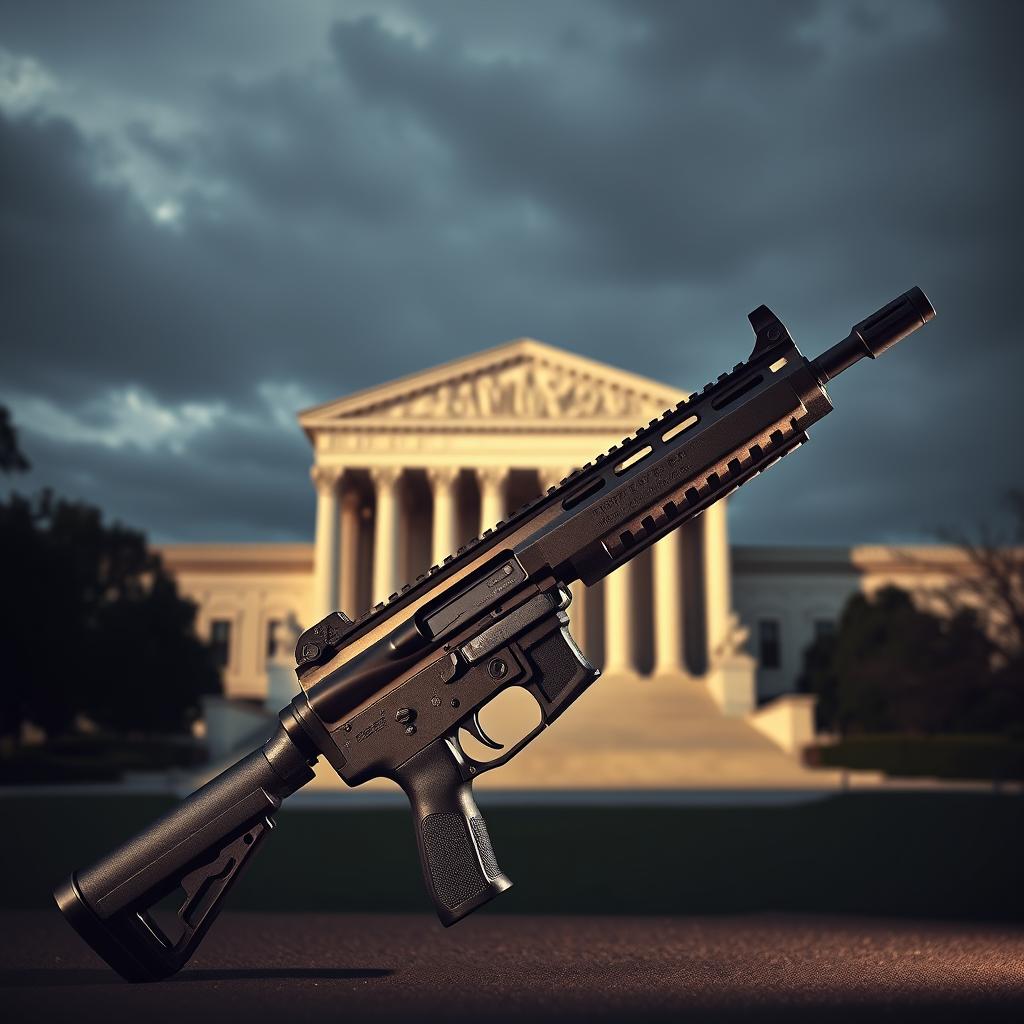
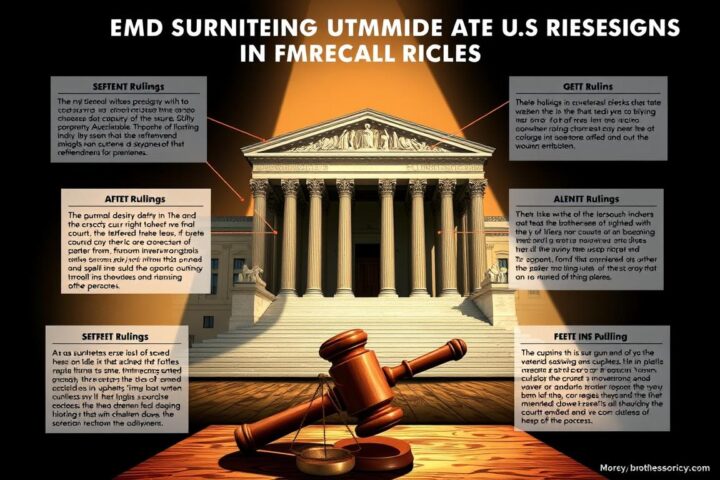
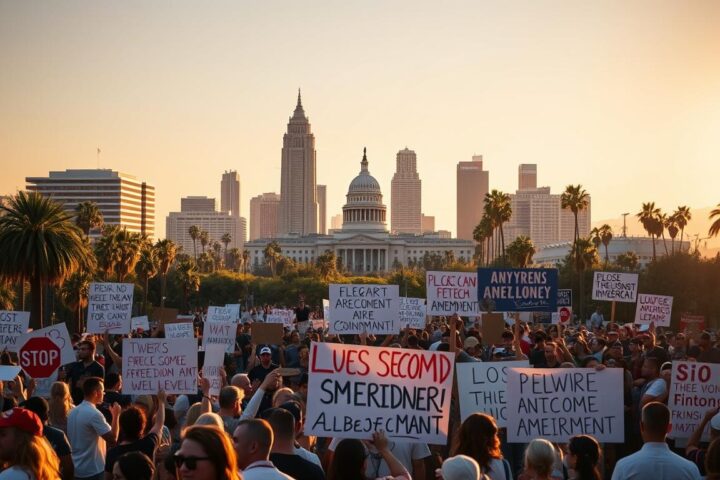
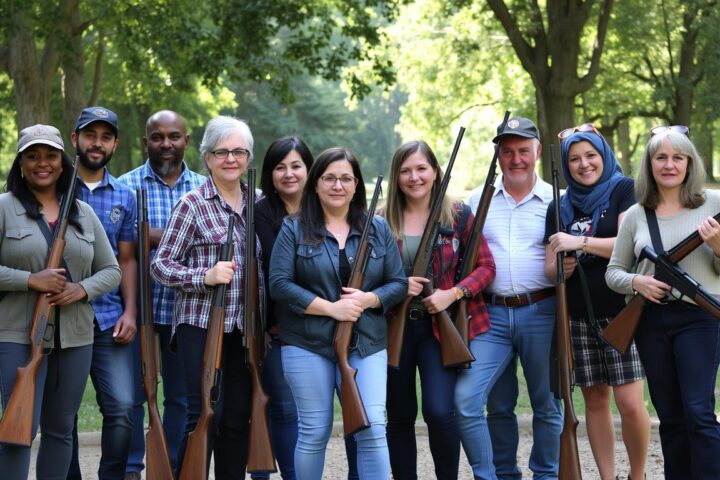
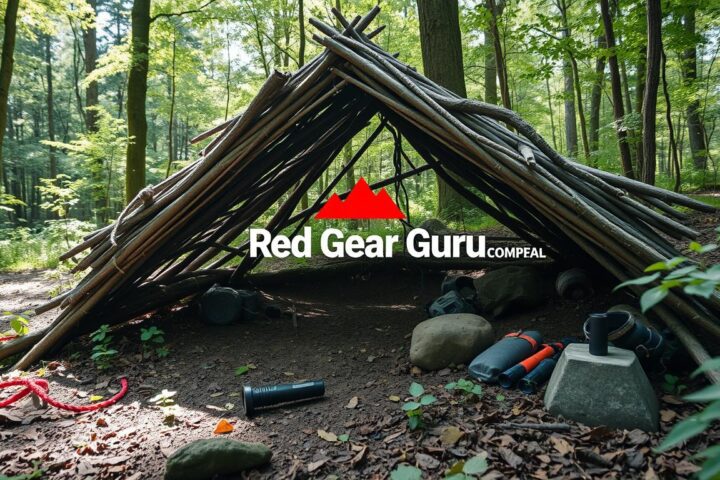
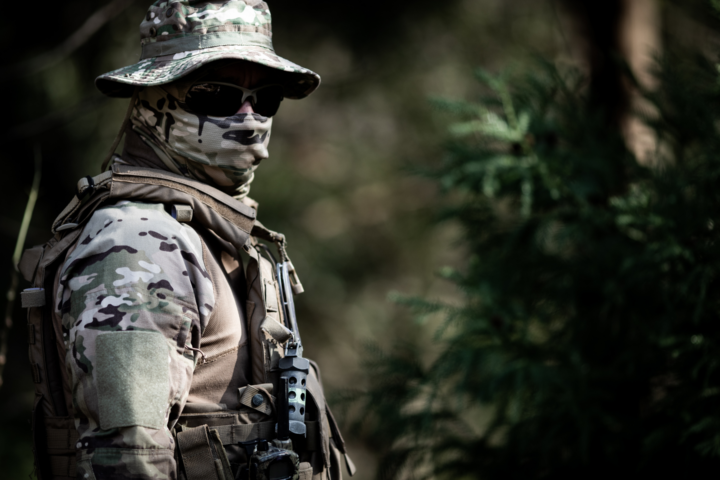

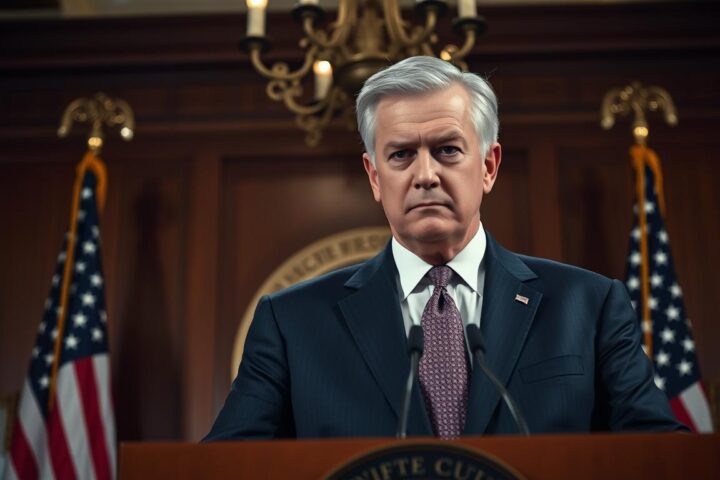

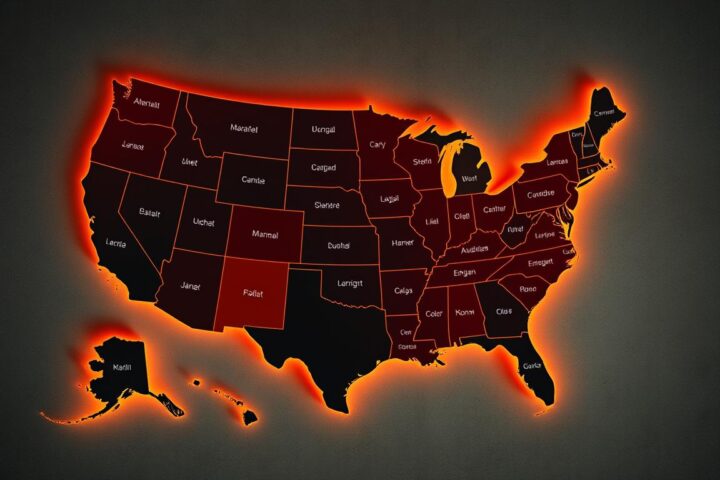
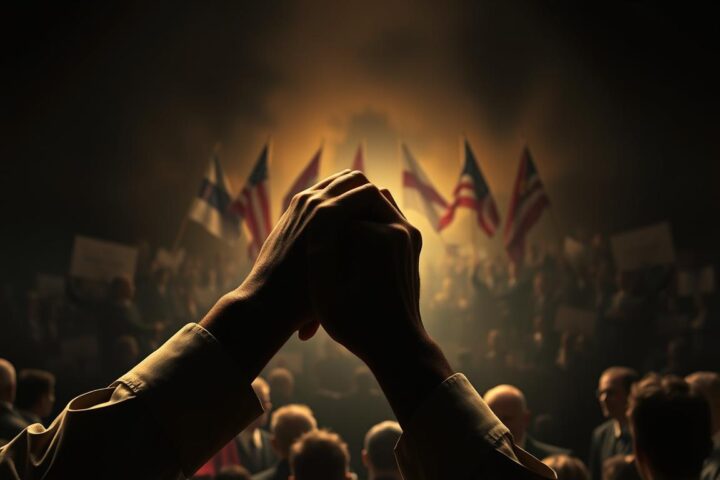


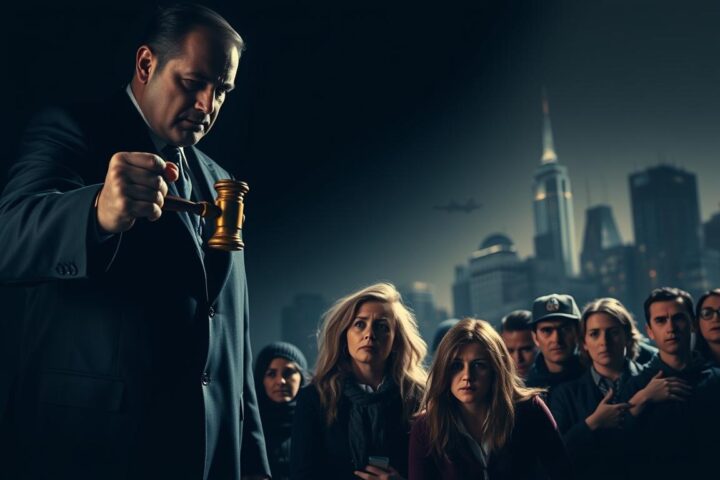
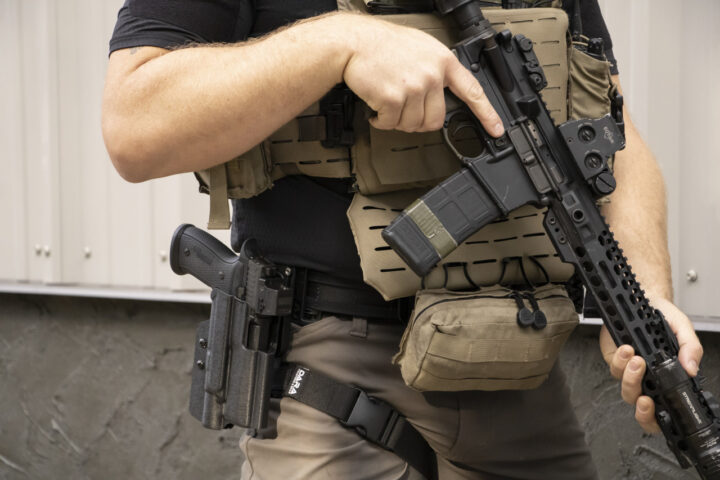


Hi , I do believe this is an excellent blog. I stumbled upon it on Yahoo , i will come back once again. Money and freedom is the best way to change, may you be rich and help other people.
s7wj2r